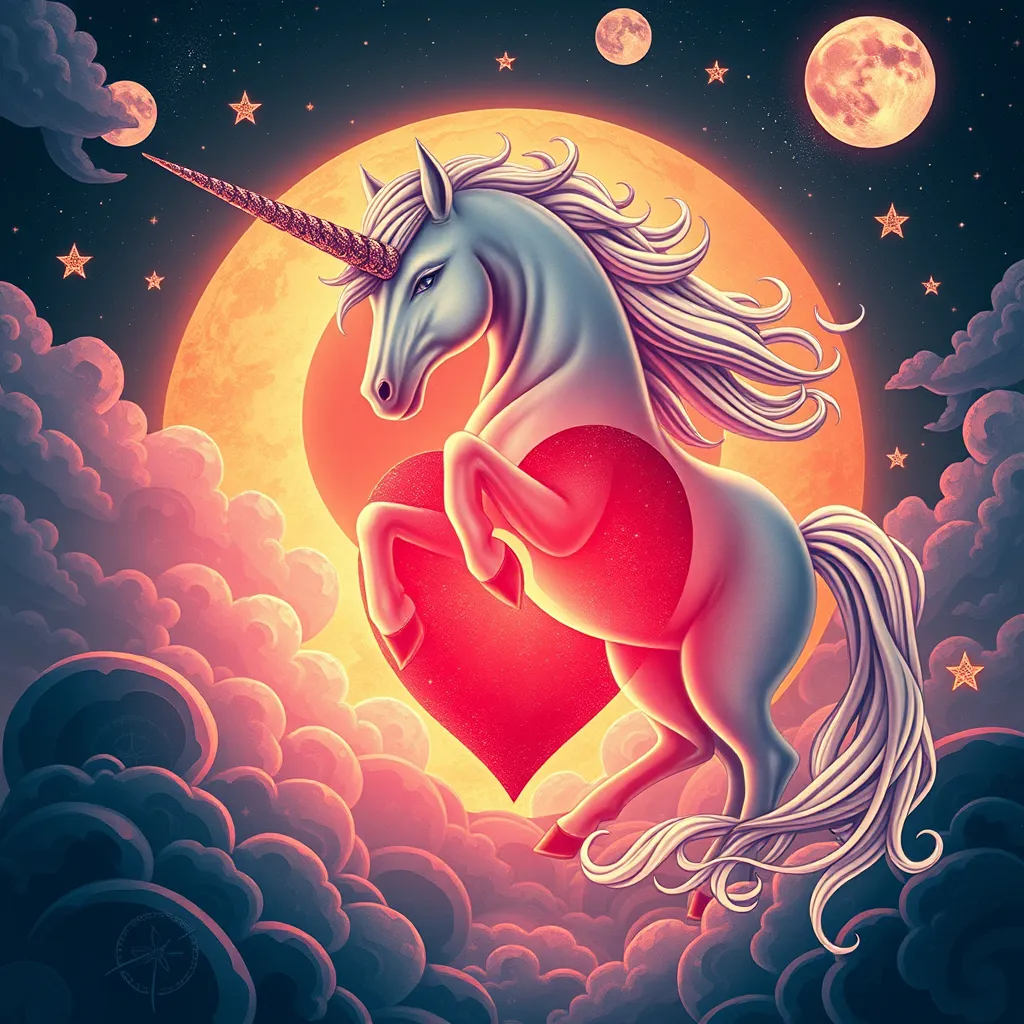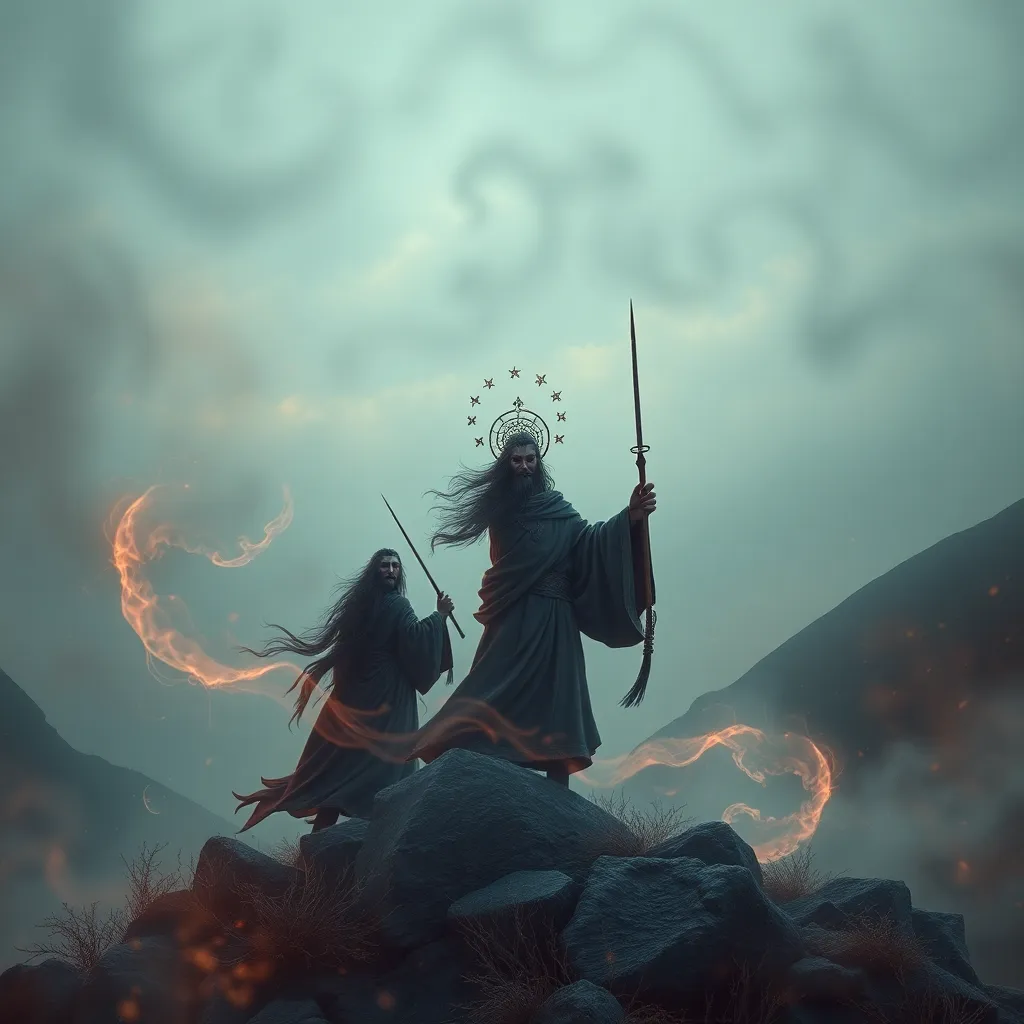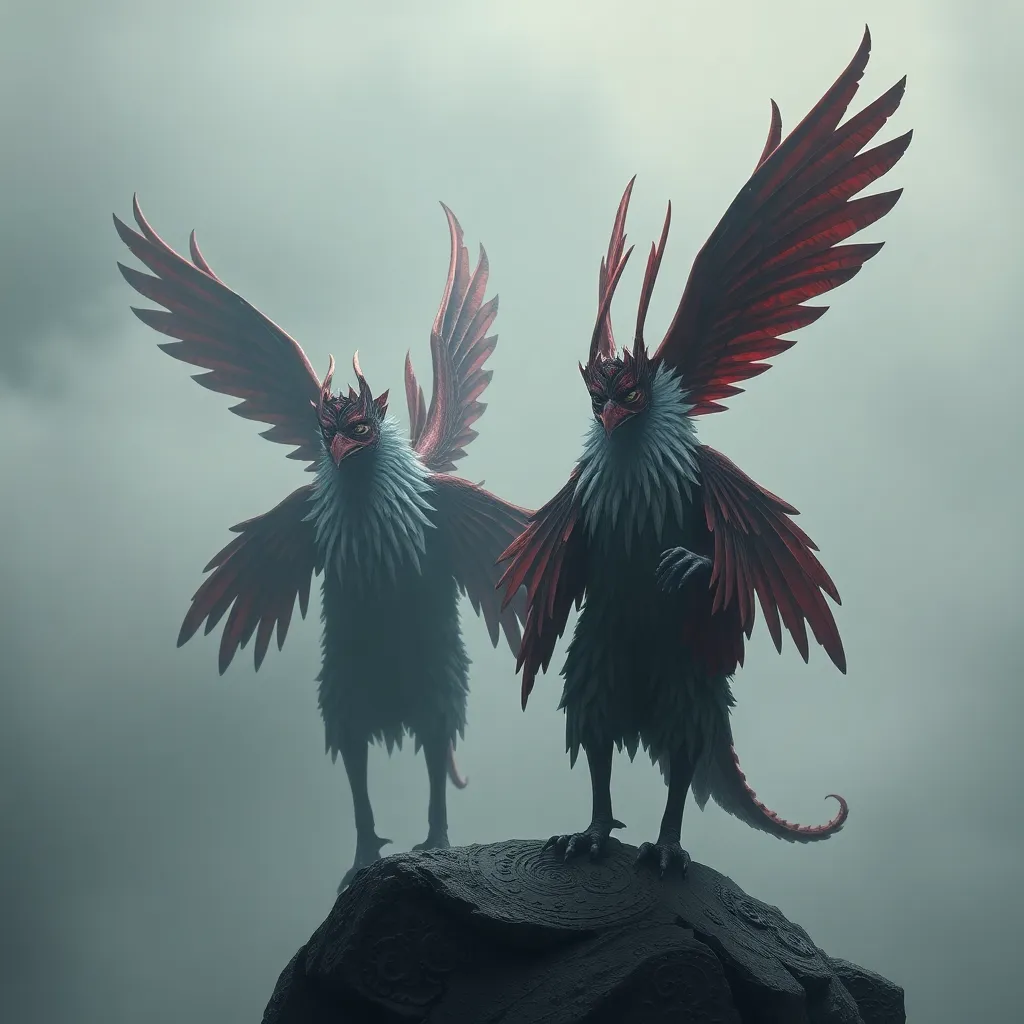Cthonic Guardians: The Hecatoncheires and the Primordial World
I. Introduction
The term Cthonic Guardians refers to deities or beings associated with the underworld and the earth, often tasked with maintaining the balance between chaos and order. Among these guardians, the Hecatoncheires hold a profound and terrifying presence in Greek mythology, embodying the raw power of primordial chaos.
The Hecatoncheires, also known as the Hundred-Handed Ones, are monumental figures that symbolize the tumultuous forces of creation and destruction. Their existence and actions are integral to understanding the complexities of the Primordial World, a realm that predates the gods of Olympus and is steeped in the mysteries of existence.
II. The Mythological Origins of the Hecatoncheires
The Hecatoncheires were born from the primordial beings Uranus (Sky) and Gaia (Earth). Their lineage places them among the first entities to emerge in Greek mythology, alongside their brothers, the Cyclopes. The most notable Hecatoncheires are Cotys, Briareus, and Aegaeon.
These beings, with their monstrous forms and myriad limbs, represent the chaotic forces of nature. Their significance lies not only in their birth but also in the cosmic order they help establish. As guardians of the chaotic elements, they play crucial roles in creation myths, illustrating the struggle between order and chaos.
III. Characteristics of the Hecatoncheires
The Hecatoncheires are described as giants with one hundred arms and fifty heads, a terrifying sight that evokes fear and respect. Their immense size and strength set them apart from other mythological beings.
- Physical Description: Each Hecatoncheires is depicted with a multitude of limbs and heads, symbolizing their immense power and chaotic nature.
- Powers and Abilities: They possess extraordinary strength and can throw massive rocks with great force, making them formidable warriors.
- Symbolism: In ancient texts, the Hecatoncheires symbolize the primal forces of nature and the chaotic potential that lies within the universe.
IV. The Hecatoncheires in the Titanomachy
During the Titanomachy, the epic battle between the Titans and the Olympians, the Hecatoncheires played a decisive role. They were initially imprisoned by their father Uranus, but upon their release by Zeus, they became vital allies in the conflict.
- Their Role: The Hecatoncheires fought alongside Zeus and the Olympians, using their strength and power to help overturn the Titans.
- Allegiances: They chose to side with Zeus, symbolizing the triumph of order over chaos.
- Impact: Their involvement greatly influenced the outcome of the Titanomachy, showcasing the necessity of chaos in establishing a new cosmic order.
V. The Primordial World: An Overview
The Primordial World refers to the earliest existence of the universe, characterized by elemental chaos and the absence of structured order. This world is populated by key primordial beings, each representing fundamental aspects of existence.
- Definition: The Primordial World is the foundational realm from which all things emerge.
- Key Beings: Prominent entities include Chaos, Gaia, Tartarus, and Eros, each contributing to the formation of the cosmos.
- Relationship with Hecatoncheires: The Hecatoncheires are deeply intertwined with this primordial landscape, embodying the chaotic forces that are essential for creation.
VI. The Hecatoncheires as Guardians of Chaos
The Hecatoncheires serve as guardians of chaos, maintaining the balance within the cosmos. Their existence highlights the duality of creation and destruction, as they oversee the tumultuous forces of nature.
- Role in Balance: They embody the chaotic elements required for the universe’s ongoing transformation.
- Interpretations: Various myths interpret their guardianship differently, reflecting the complexity of chaos in the world.
- Connections: They relate to other mythological guardians and monsters, such as the Titans, emphasizing the interconnectedness of chaos and order.
VII. Cultural Representations and Legacy
The Hecatoncheires have been depicted in various forms of art and literature throughout history. From ancient pottery to modern adaptations, their imagery continues to resonate.
- Art: Ancient Greek art often depicted the Hecatoncheires in battle scenes, emphasizing their strength and ferocity.
- Modern Interpretations: Contemporary literature and media have reimagined the Hecatoncheires, often portraying them as misunderstood beings representing chaos.
- Influence: Their legacy endures in modern mythology and storytelling, serving as a symbol of the primal forces that shape existence.
VIII. Conclusion
In summary, the Hecatoncheires are significant figures in Greek mythology, embodying the chaos necessary for creation and maintaining cosmic balance. As Cthonic Guardians, they reflect the struggles between order and chaos, showcasing the complexities inherent in the primordial world.
Their enduring legacy serves as a reminder of the power of chaos in mythological narratives, influencing how we perceive the forces that shape our universe.



